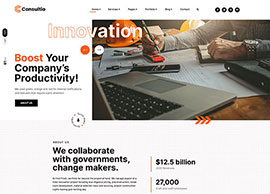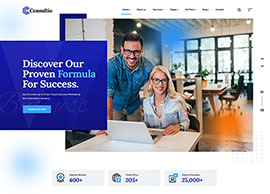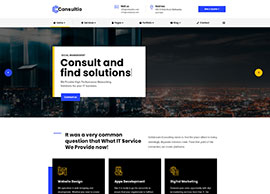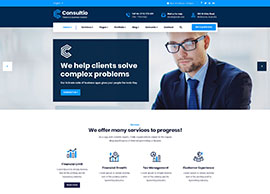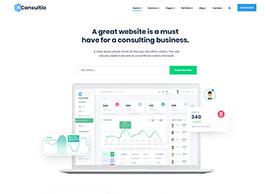Back in the July/August 2012 and again in the January/February 2017 issue I had written about the epic battle between the Postage Meter and PC Postage. The outcome in both articles was a draw based on the needs of your organization. What we are finding today is that these two platforms often work as a complement vs. a competitor. In this article we will explore advances in technology, where each solution shines and how they are used together to optimize your mailing needs.
Today, we are managing 134,000 pieces of mailing equipment, which includes over 7,000 PC Postage licenses for our clients and want to share the biggest trends that are dominating the mail industry.
- There are new postage savings available using both types of mailing solutions.
- There is an increase in USPS® Parcels and Priority Mail® that is forcing clients to look for automation and cost reductions.
- Large volume mail is being centrally produced where possible vs. scattered at multiple locations creating the need for productive mailing solutions.
- People need to generate convenience mail from home offices, while travelling and in small volume offices that do not always justify having postage meters. Many may be using higher priced stamps or overnight services where they are both not the optimal solution.
- Web access to information has dominated new developments in the mailing solution market.
Postage Savings

Starting on January 27, 2019, there is a $.05 savings per letter for using a Postage Meter or PC Postage. This is an increase from $.03 prior. The significance is it is a 9% savings and mailing systems can pay for themselves if you are doing as little as 300 letters per month.
The big difference in rates comes when you want to do any electronic services for Certified, Parcel or Priority Mail® that can reduce costs by up to 55%. As you can see from the chart above, PC Postage gives you Commercial/Electronic rates that are lower than those you can get through a Postage Meter or at the retail counter at the USPS®. To combat this, all the mail equipment manufacturers have add-on optional subscription services that will give you the PC Postage tools to qualify for these rates. The meter manufacturers may also be able to provide you the details of your Parcel and Priority® spends to quantify any potential savings prior to signing up.
Cost Savings vs. Production
PC Postage solutions are very reasonable and typically cost between $15-30 per month vs. Postage Meters that range from $20-1,000 per month based on the size and speed. The decision on which system is right for you has a lot to do with your mail volumes and production needs.
PC postage will print to sheets of stamps (most common), dedicated label printers or directly onto the envelope. In most cases the labels will need to be peeled off and applied to your envelopes manually. This is compared to Postage Meters where they are fed through the system at speeds of 18-310 per minute (Based on system type). Many postage meters will also seal the envelope as they are being processed and larger systems have automatic feeding and internal weighing to streamline production.
What we are finding with our clients is that those that are spending less than around $400 per month on letter mail must decide on which is best for them. Larger volumes will typically defer to Postage Meters with automatic feeding and sealing systems. If users are heavier on Packages and Priority Mail®, they will lean to PC Postage or add it as a secondary service connected to their mailing system.
Ease of Use
Both types of systems are very easy to use. The bigger item we find is change management. If a location has multiple people that share a current postage meter and everyone walks up to run their own mail, they might find it easier than needing to login to a PC Postage tool and send stamp sheets to their shared printer. If one or a few people are responsible for the mail, this is less of an issue. Of the thousands of users we have helped to convert to PC Postage, very few have had issues or complaints once they are used to the system. However, there are a few more steps than just walking up to the meter and running it through the feeder.
Accounting and Visibility
This is where PC Postage shines because it tracks every piece of mail to the department, mail class and user, and all information can be accessed in real time. Low-end Postage Meters will typically not be able to provide this level of detail and higher end systems require additional accounting packages to come close to the same level of visibility.
Flexibility and Scalability
Because PC Postage is web-based, it is easy to expand to all the users in your office or at locations throughout the United States. Home office or travelling users can share the same system. We work with clients that can have thousands of locations and users on one platform where everything can be controlled through a central dashboard. This is an easier way to distribute postage funds and control expenses. Postage meters do not have this level of flexibility and requires management and infrastructure to maintain larger fleets.
New Technology Developments
Since we have highlighted the differences in systems, it is important to inform you about the latest technologies that will change the industry for the future. All the major developments drive the solutions to the web as you will see below.
- Postage Meter
- Constant Connection – The newest meters require network connections to the meter vendors that continually update in real-time. This allows for better accounting and visibility to your mailing spends.
- PC Postage Integration – Many newer meter models will have options for PC Postage functionality that can be accessed through the user interface on the meter, from a PC connected to your mailing system or through the web on your local PC.
- Additional Web Connected Applications – There is a large expansion in meter tools (Apps) that can order supplies, place service calls, track packages and enhance the client experience directly from the mailing system.
- PC Postage
- Multi-Carrier – Many of the providers have tools to view, compare and process packages from UPS® and FedEx® along with your current USPS® This allows your users to make the best decision on a package by package basis. It is key to note that they have an API (Application Program Interface) direct to the carriers and can display your discounted rates.
- Web-Based vs. Installed – The newest PC Postage tools are accessed through the cloud vs. needing to download and install on your local PC.
- Enterprise Functionality – The biggest growth area has been expanding the platform across a network. Connecting users at offices throughout the US on one consolidated platform makes it easy to control expenses. Inside this enterprise function, these are the newest trends:
- Single Sign-On (SSO): Instead of needing to manage the user login rights to the software, this connects directly to your employee directory for automatic rights control. It is now easy to make sure only active staff have access to the tools and there is no longer a need to manage passwords.
- Improved Reporting: There have been huge strides is the visibility tools available through the enterprise space of the market that will make it easy to manage spends.
Consumers have never had better options and tools to process and control their mailing expenses and it can all be done at lower equipment costs and with significant postage discounts. Most organizations will need a blended approach to which solution makes sense and it will be determined by the specific location’s mail volume, class of mail processed, number of users, reporting and visibility requirements. We are calling the duel between PC Postage and Postage Meters a draw with the only winner being the client.









